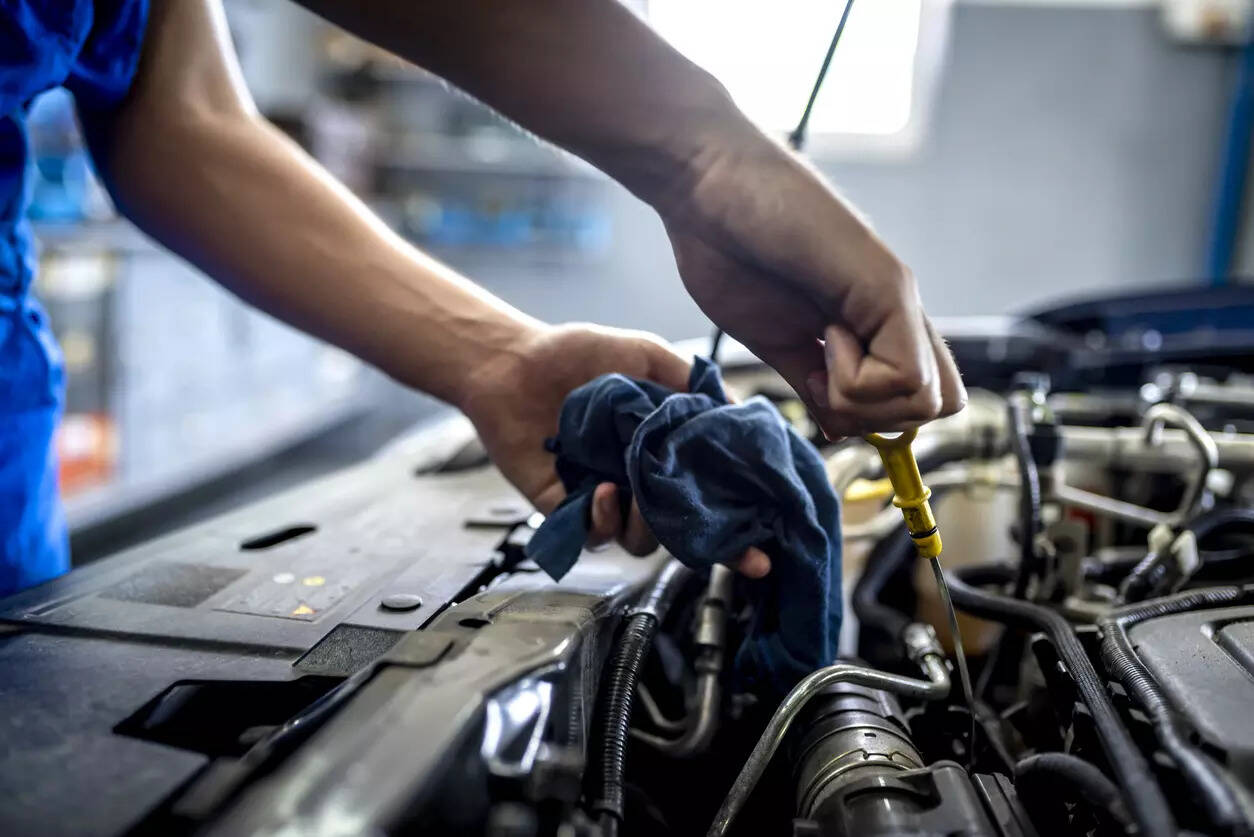
India’s automotive retail sector is preparing for a significant shift in workforce governance as the four new labour codes come into effect, replacing 29 existing laws with a simplified and more transparent framework. According to auto retail expert and former FADA President, Vinkesh Gulati, the reforms mark the beginning of a new era for dealerships, where manpower-heavy operations depend on structured roles across sales, service, training and support.
Gulati, in his Linkedin post, said the modernisation of labour regulations will reshape how dealerships manage permanent staff, trainees, outsourced manpower, gig workers and technicians. The impact will span HR systems, salary structures, social security, workplace safety and compliance norms.
“The intent behind the new labour codes is clear — to protect workers, ensure structured employment contracts and improve social security, while still giving dealerships the operational flexibility they need,” Gulati said. He added that the shift comes at a time when the industry is already dealing with talent shortages, rising attrition and growing demand for EV-focused skills.
Formal employment structures
One of the biggest changes will be mandatory appointment letters and the clearer classification of different worker categories. Gulati said this will push dealerships toward adopting more professional HR practices, reducing reliance on informal hiring practices that have long been common in the industry.
With a national minimum wage floor and expanded social security coverage, labour costs are expected to rise. Gulati noted that while the financial impact may be significant for smaller dealerships, the reforms are likely to improve workforce stability and retention.
Workshop-heavy dealerships will also see tighter checks on health and safety standards, with mandatory free annual medical check-ups for employees. “This is a positive step, especially for technicians and workshop staff, whose roles involve higher physical risk,” Gulati said.
He said that the new rules will lead to increased gender inclusion. “The new provisions around women’s rights and working conditions could support greater gender diversity across sales, CRM and service advisory roles — areas where female participation remains low,” he noted.
Moreover, the increase in the layoff threshold from 100 to 300 workers is expected to offer operational flexibility to larger dealer groups, especially during business cycles or restructuring phases, he said.
With 29 older labour laws consolidated into just four, dealerships can expect fewer audits and a more unified compliance structure. “This easing of regulatory burden will help businesses focus more on operations and customer experience rather than administrative tasks,” he added.
Drivers, delivery personnel, outsourced call-centre teams and contract technicians stand to benefit from better recognition and protection under the new framework. Gulati said this could improve service quality and retention for roles that are increasingly central to dealership operations.
Gulati cautioned, however, that the real impact of the reforms will depend on state-level adoption, sector-specific interpretation and the speed of enforcement. “For many dealerships, especially smaller ones, the challenge will be balancing compliance with cost competitiveness,” he said.
He added that businesses with large outsourced or gig-workforce models will need to revisit labour contracts, vendor relationships and compliance systems to align with the new legal requirements.
He also said the labour codes should be seen not just as regulatory changes but as an opportunity to modernise people’s practices across automotive retail.
